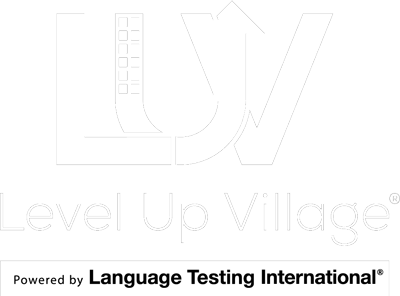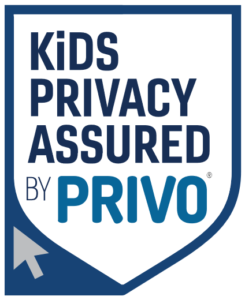By Margo Tintle, Holton-Arms School
“Hi, my name is Alice; I am from Ghana.” The sweet, soft voice of our first global partner video appeared on the big screen in our classroom. Shivers went down my spine as cheers erupted from my girls. Suddenly, the project became real. After weeks of preparing, thinking about it and discussing it, we finally had contact. For me, it was as exciting as seeing the Apollo landing as a very young toddler…suddenly, the whole world expanded and grew closer at the same moment.
We have three grade 4 classes at Holton. My homeroom’s global partner class was in Ghana. My other two Social Studies classes had partners in Zimbabwe. There were bumps in the road and cries of, “It’s not fair!” as we heard from our Ghanaian partners weeks ahead of our partners in Zimbabwe. This was a source of important lessons about collaborating globally- lessons about differing cultural perceptions of time, access to electricity and the internet, and probably the most important lesson of all- empathy and compassion. Here is how one of my students described it: “Empathy means understanding someone and how they are feeling. Like with this …we are being empathetic by not rushing them and how some of us know what they feel like.”
Shortly after our first video posting with our partners in Zimbabwe, the news came out that the military had taken over the government. This was an “aha” moment for my girls…this is happening, not somewhere removed from them, but in the city where their new friends live. Suddenly, girls were watching the news with their parents, discussing it, coming in with questions. Unlike their previous reactions, they immediately expressed compassion and empathy asking,”What can we do to help?” They decided to craft messages to their partners saying things like, “Please know that you have friends in the U.S. who care about you and are thinking about you. When you can, please let us know you are ok.”
And what magic when we were able to chat live with our global partners! We all laughed as we taught them hand gestures we use to signify, “Me, too! I agree with you!” and as our partners taught us how to say simple phrases in their dialects.
My students’ brains grew as they persevered to master using TInkercad. Through trial and error, they were able to come up with unique, workable designs. Not a single girl used the template. This exemplified our Holton motto: “I will find a way or make one.”
I knew that the girls’ perspectives had shifted when we had visitors on a school tour. I overheard a guest ask two of my girls, “So, are you making the flashlights to send to Africa?” Immediately, one of the girls replied: “Oh NO!! Our partners are designing their own flashlights with their own ideas. We are working together. We aren’t helping them…we help each other!!”



